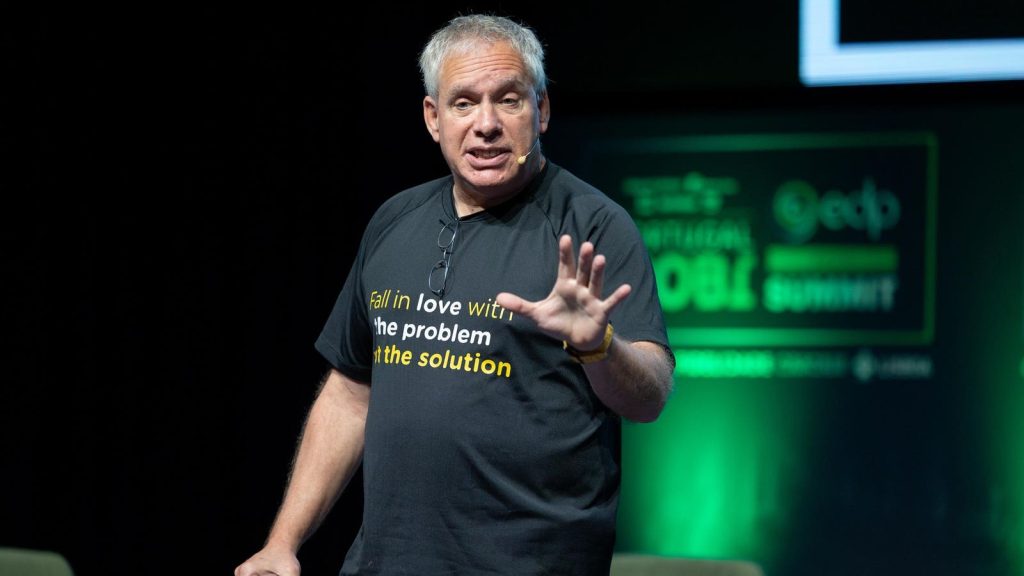In a recent discussion with entrepreneurs about why start-ups fail, a common theme that emerged was the issue of having the wrong team in place. Many founders admitted that they had team members who were not good enough or that there were communication issues within the team. Surprisingly, when asked when they realized the team was not right, the answer was often within the first month of starting the business. This raised the important point that the problem was not the team itself but the failure of the CEO to make the difficult decision of building a strong and successful team. It was clear that making hard decisions is not easy, especially for small organizations where most decisions fall on the CEO’s shoulders.
The key question that every CEO should ask themselves when evaluating their team is, “Knowing what I know today – would I hire this person?” If the answer is no, then the CEO should not hesitate to let that person go. Failure to make the difficult decision of parting ways with underperforming or incompatible team members can lead to further damage to the organization and the team. Moreover, the top-performing employees are likely to leave if they see that the CEO lacks the ability to make necessary decisions. It is crucial for CEOs to prioritize making the right choices for their team’s success, even if it means facing challenges and assuming responsibility for the outcomes.
Firing and hiring are essential aspects of managing a successful team, with firing being more impactful than hiring. Making the decision to let go of a team member who does not fit within the organization can significantly increase trust and commitment among the remaining team members. Despite the challenges of firing someone, it is crucial to acknowledge mistakes and establish the right company culture that values fast action and corrective measures. By removing underperforming members swiftly, CEOs can create a more productive and cohesive team environment that fosters growth and success for the organization.
The fear of being wrong in letting go of a team member should not deter CEOs from making necessary decisions. It is crucial to prioritize the impact on the organization and team dynamics over personal uncertainties. Seeking feedback and input from peers and managers can provide valuable insights into the team’s dynamics and help reinforce the importance of letting go of a misfit team member. In cases where there is clearly a mediocre or underperforming team member, delaying the decision to remove them can hinder the organization’s progress and prevent the recruitment of suitable replacements. Swift action is necessary to address issues within the team and promote a culture of excellence and high performance.
Uri Levine emphasizes the importance of making tough decisions as a CEO to ensure the success and growth of a start-up. By fostering a culture that values accountability, swift action, and team cohesion, CEOs can build a strong foundation for their organization’s development. Recognizing the impact of team dynamics and the significance of hiring and firing decisions is essential for overcoming challenges and driving long-term success in the entrepreneurial world. Follow Uri Levine’s entrepreneurship series for more insights and tips on navigating the complexities of building and leading successful start-ups.















